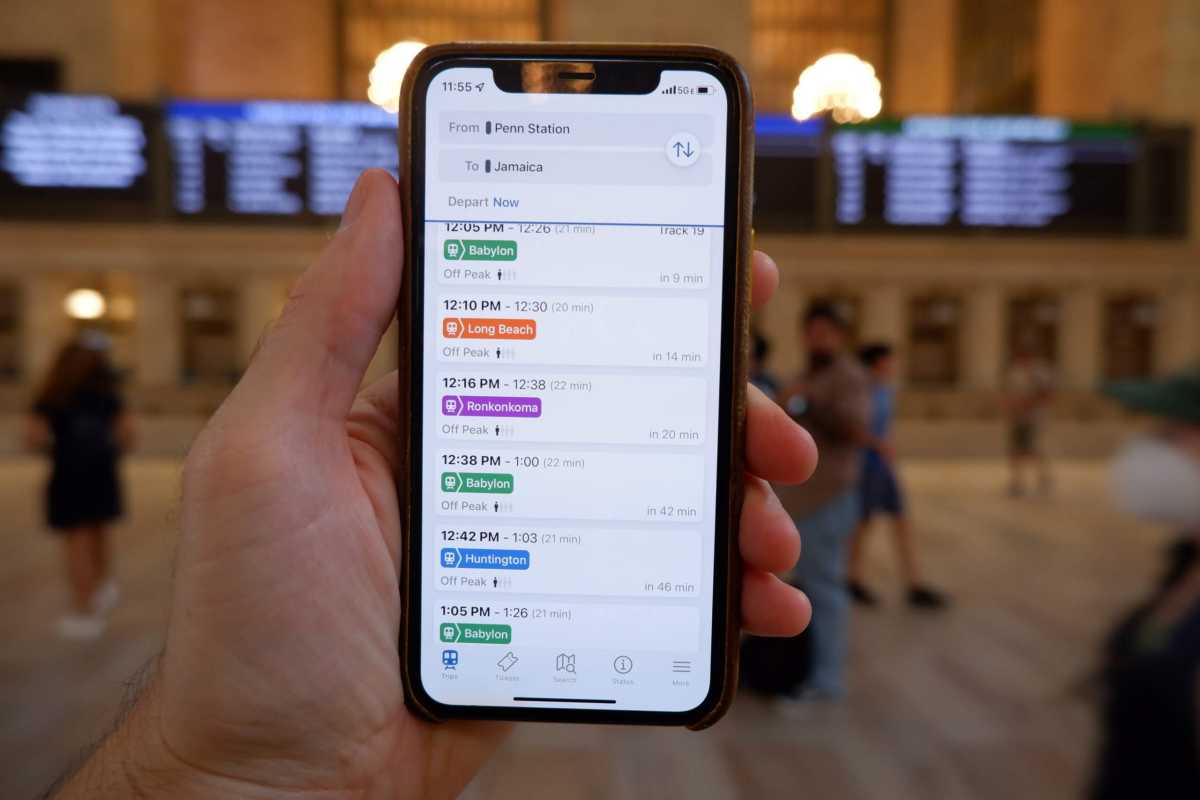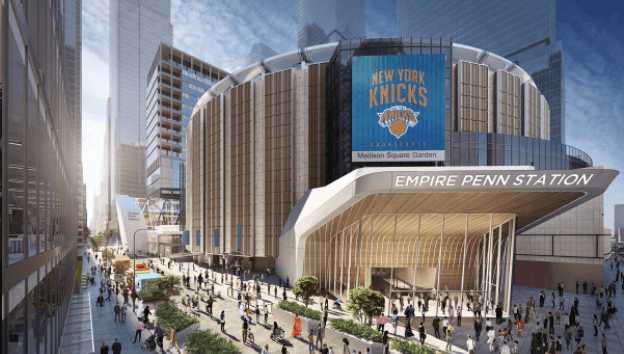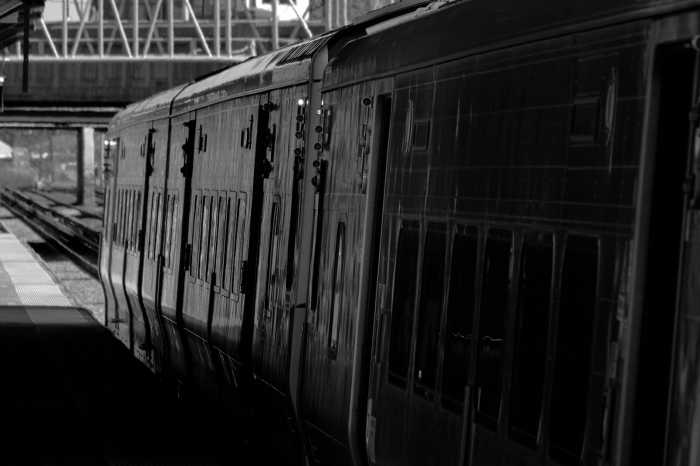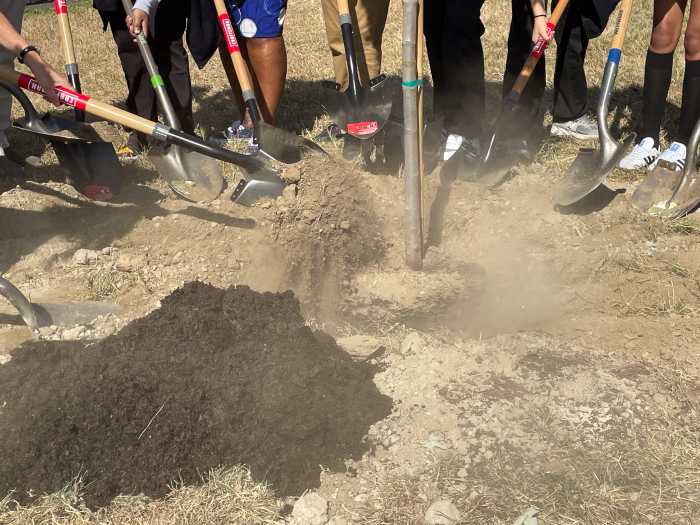The Metropolitan Transportation Authority consolidated three of its smartphone apps into one for riders to buy tickets and check schedules on its two commuter railroads.
The new TrainTime app rolled out Wednesday and lets Long Island Rail Road and Metro-North Railroad passengers purchase tickets and plan trips all in one place, said the head of both suburban transit services.
“This is truly a groundbreaking step forward for us,” MTA’s Cathy Rinaldi said during a press conference at Grand Central Terminal on Aug. 17.
The LIRR and Metro-North previously had separate apps to check their schedules, and riders had to download a third app, eTix, to purchase tickets for either.
“Instead of needing two apps to ride — or three of you using both railroads — now you need only one,” Rinaldi said.
TrainTime replaces eTix and its account holders will have their info transferred to the new app.
Riders can also use the freshly-released tool without having to create an account or put in credit card information, and they can pay with Apple Pay right away and with Google Pay later this year, according to MTA officials.
The app allows tracking train progress down to the train car after the MTA deployed thousands of GPS sensors to its entire LIRR and Metro-North fleet.
“There’s no more mysteries. You can see where your trains are in real time, how crowded each cars are, and buy a ticket with just one simple click,” said the agency’s acting Chief Customer Officer Shanifah Rieara.
The new app comes ahead of the agency debuting LIRR service at Grand Central, a mega project dubbed Grand Central Madison and formerly known as East Side Access, connecting its two railroads by the end of the year.
But commuters will still have to buy tickets for each railroad separately.
The services are run by different agencies within the MTA, and they have varying tariffs, according to Rinaldi.
But the transit leader says she wants to make connections between both of them smoother.
“That’s something that we need to work towards as an organization, because I do think that there will be more interagency travel once Grand Central Madison goes live,” she said. “Part of the reason why I’m in this job is to try to reconcile those differences to provide a more seamless experience for our customers and we’re working towards that.”
One of the tickets left out of the app is the Atlantic Ticket, which offers flat $5 fares at 10 LIRR stations in Brooklyn and southeast Queens.
Other discounts are in the app, such as the similar CityTicket, which provides $5 flat fares for all New York City stations on both railroads, but only during off-peak hours.
“It’s something that will be ultimately part of the experience. It’s not part of the experience as we sit here today. That’s really all there is to it,” said Rinaldi when asked about Atlantic Ticket.
Transit advocates have long pushed MTA honchos to expand the Atlantic Ticket to all city commuter rail stations under a proposal dubbed “Freedom Ticket,” and make it easier to buy.
Unlike CityTicket, the Atlantic Ticket also offers a weekly ticket for trips between those 10 stops and a seven-day unlimited MetroCard for $60.
“That opens the door for many thousands of people to take the commuter rail that otherwise would not be able to afford to,” said Lisa Daglian, Executive Director of the MTA’s in-house rider advocacy group the Permanent Citizens Advisory Council.
“The fact that CityTicket is available is a sign that it can be done,” Daglian added. “We’re optimistic that Atlantic Ticket will make its debut on the app and we’ll continue to fight for the riders of southeast Queens in Brooklyn and beyond to make that happen.”




































